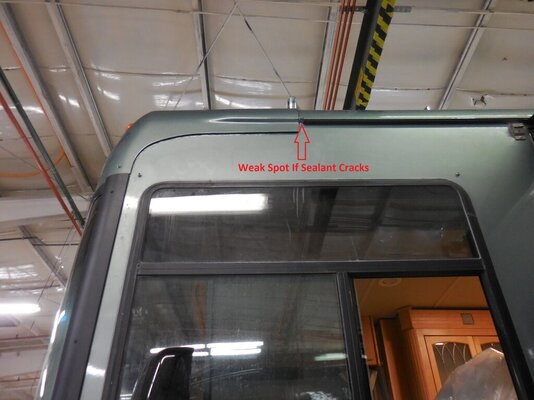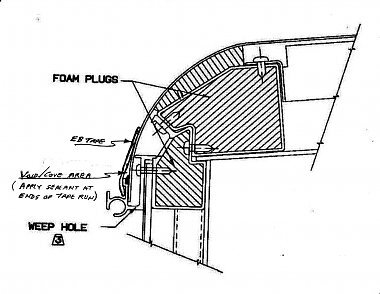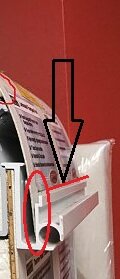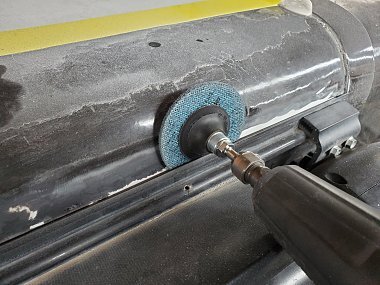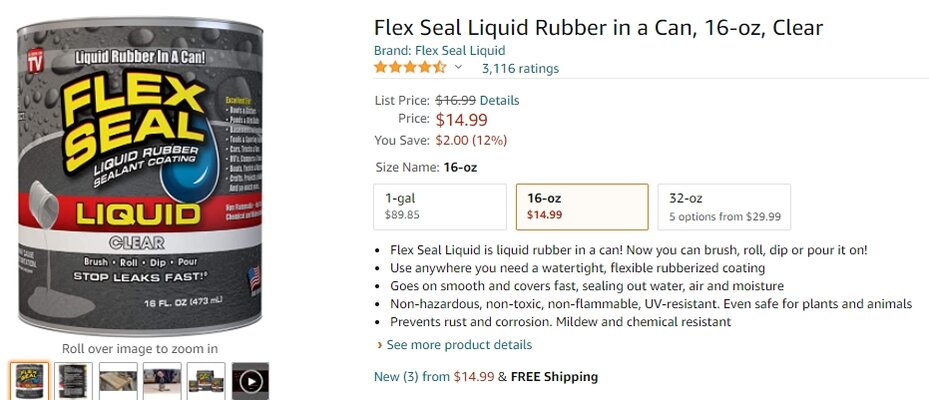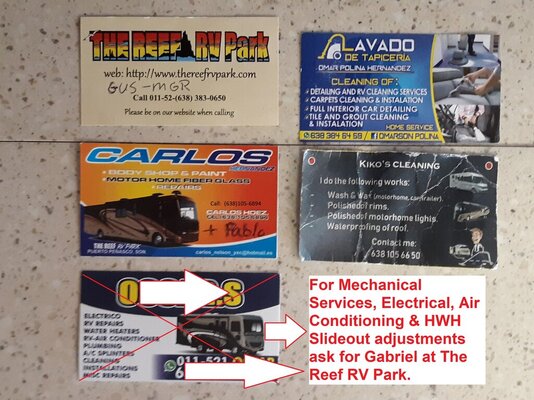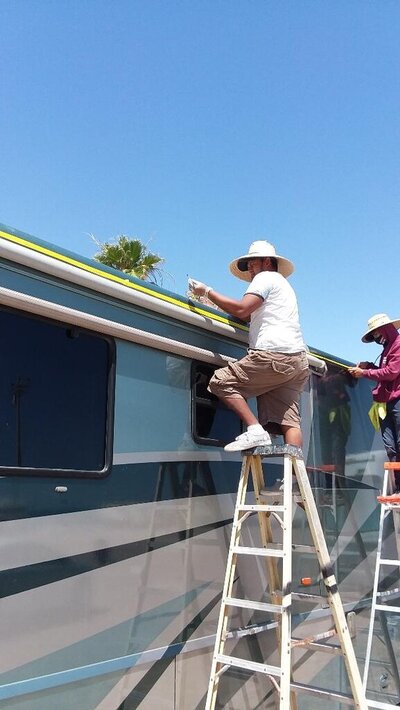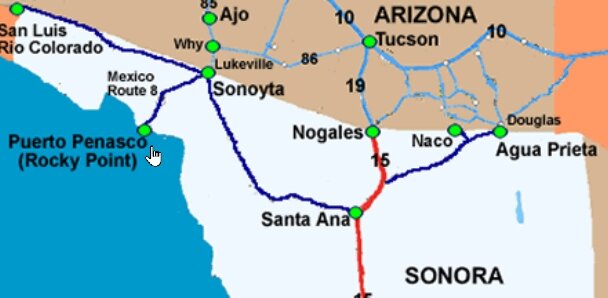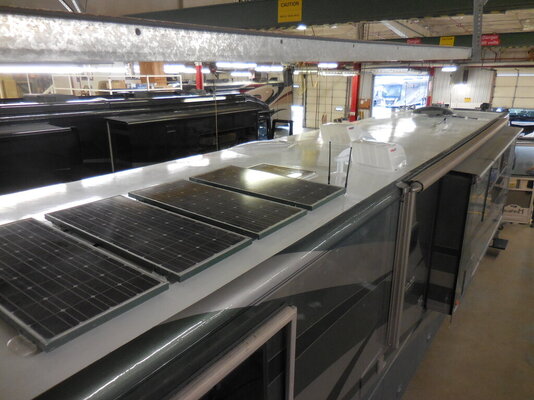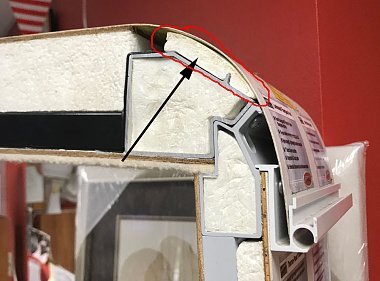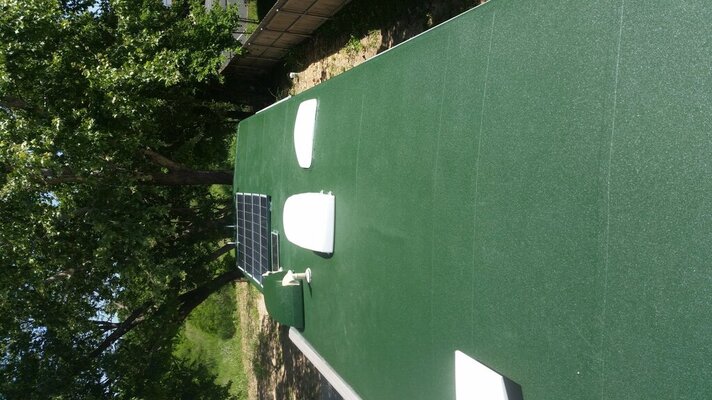Do you have a white roof radius or a painted some other color roof radius? ...
This matters as to what sort of caulk you use and or if you might consider using Eternabond tape.
For us owners with non-white roof painted radius, we need a clear hybrid silicon caulk; and so far, after 20 years Winnebago still doesn't like to talk about this subject... for liability reasons.
The problem with choosing the right caulk is this:
* Polyurethane caulks are great for strength, but in the sun they will only last 8 months if you are lucky.
* 100% silicon is the best for repelling the sun UV rays, but silicon does not have enough bond strength to keep your roof radius glued in the roof channel. And, nothing likes to stick to 100% silicon including more silicon. So do not want to use 100% silicon no matter how good it is.
* Also, a 40' RV roof flexes... A LOT! So the caulk needs to be flexible and strong.
* And for 20 years, Winnebago has changed from one hybrid caulk manufacture; and over this time every owner along the way will probably tell you they all suck.
* Some owners fix this roof radius problem by adding Eternabond Tape and that's a great fix if you have a white roof radius, but it's unacceptable for all us painted roof radius owners, because we need a clear hybrid caulk.
* Geocell ProFlex has been the go-to-caulk for the last 3-4 years; and I found that if you let this stuff cure for 2 weeks and then put a clear top coat of FlexSeal Clear "Brush-on" rubber sealant over the ProFlex, that you will get a much longer life between re-caulking your roof radius, which Winnebago says you need to inspect every 6 months... again to protect themselves from liability. So try this tip and I think you will be satisfied, but if you want peace of mind and never want to do regular roof radius maintenance in the future, then watch a YouTube video on how to apply Eternabond 4" tape to your ~38' roof radius on the drivers side. Note: If found the black Eternabond tape over Forest Green paint is not that bad to look at.
And yes, you should put a roof inspection entry in your RV maintenance log book every season, especially before a long trip, that you have inspected your roof and found no cracks in your roof radius sealant, roof caps, and all dicor calking around the vents. This is so your RV insurance will pay for a roof repair should a freak wind of 50+ MPH blow off a section of your roof.
Note: Keep in mind, a 30 MPH headwind component combined with 50MPH on your speedometer means you have 80MPH air blowing over your front cap. And the weak point is just above the driver's side seat, where the front roof cap meets your roof radius fiberglass. So pay particular attention to this area!
PS
The best place to have your roof radius re-caulked is at The Reef RV Park in Puerto Penasco, Rocky Point, Mexico. I found this place 3 years ago and I call it an RV DAY SPA, because the have a great RV Body & Paint expert, mechanics, AC repair, detailing team, and inside cleaning crew who does all the work while you vacation and drink margaritas and enjoy lunch or dinner on the beach. Do a google search and just go! Crossing into Mexico is no big deal through the Lukeville boarder crossing and some 50miles later you are camping on the beach for $25-$50/night!

